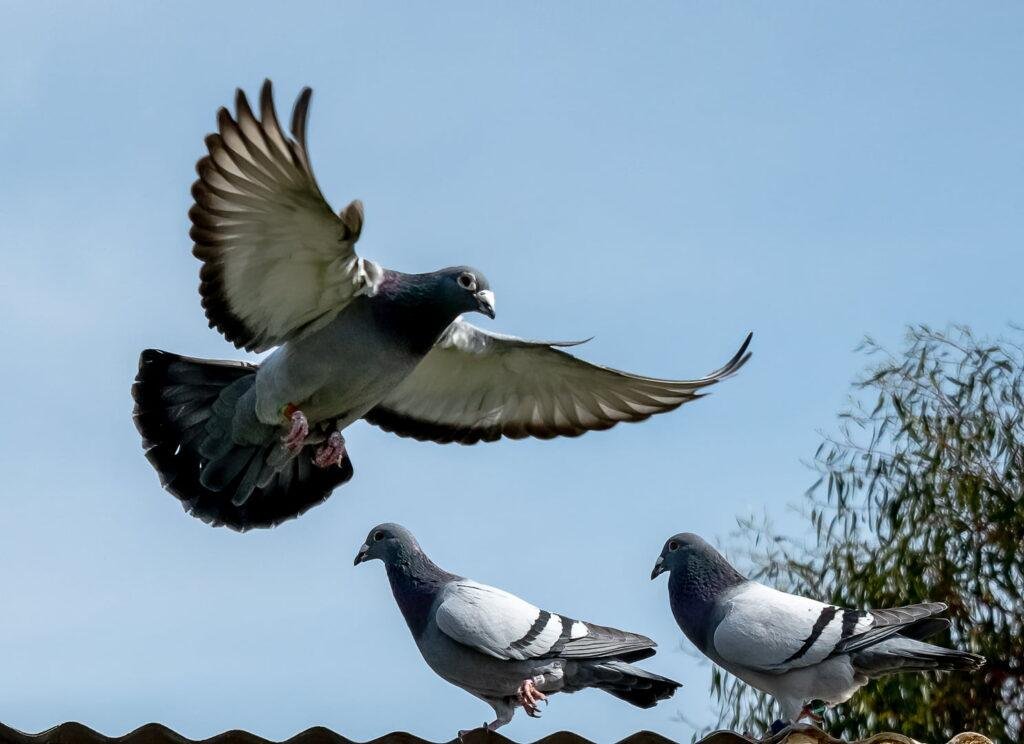Understanding Inbreeding in Racing Pigeons
Inbreeding involves mating closely related pigeons to preserve desirable traits within a lineage. Breeders often consider this approach to enhance specific characteristics that contribute to racing performance, such as speed, endurance, and homing ability. However, it’s important to recognize the risks associated with inbreeding, including the potential for genetic disorders and reduced genetic diversity.
The Benefits of Outcrossing
Outcrossing, on the other hand, involves breeding pigeons that are not closely related. This practice introduces new genetic material into the breeding pool, which can lead to healthier offspring with improved vigor and resilience. By outcrossing, breeders can mitigate the risks of inherited defects and enhance the overall genetic diversity of their racing pigeons.
Finding the Right Balance
Deciding whether to inbreed or outcross your racing pigeons ultimately depends on your breeding goals and the specific traits you wish to enhance. While inbreeding can concentrate desirable traits, it’s crucial to monitor the health and performance of the offspring closely. Outcrossing can be a valuable strategy to introduce new qualities and maintain the health of your pigeons. Many successful breeders find a balance by using a combination of both methods, selectively inbreeding for key traits while periodically outcrossing to refresh the gene pool.
Conclusion
In conclusion, both inbreeding and outcrossing have their advantages and challenges. Careful consideration and strategic planning are essential to ensure the success and health of your racing pigeons. By understanding the implications of each method, you can make informed decisions that align with your breeding objectives and contribute to the long-term success of your racing pigeon program.

